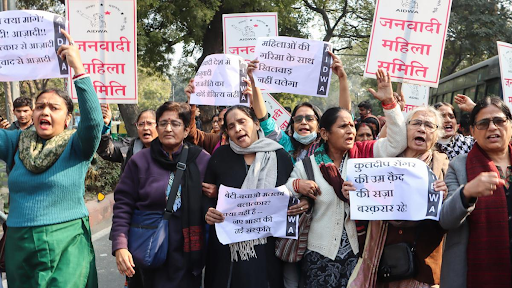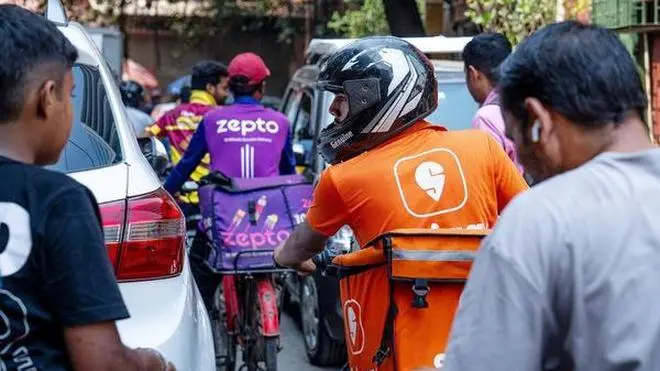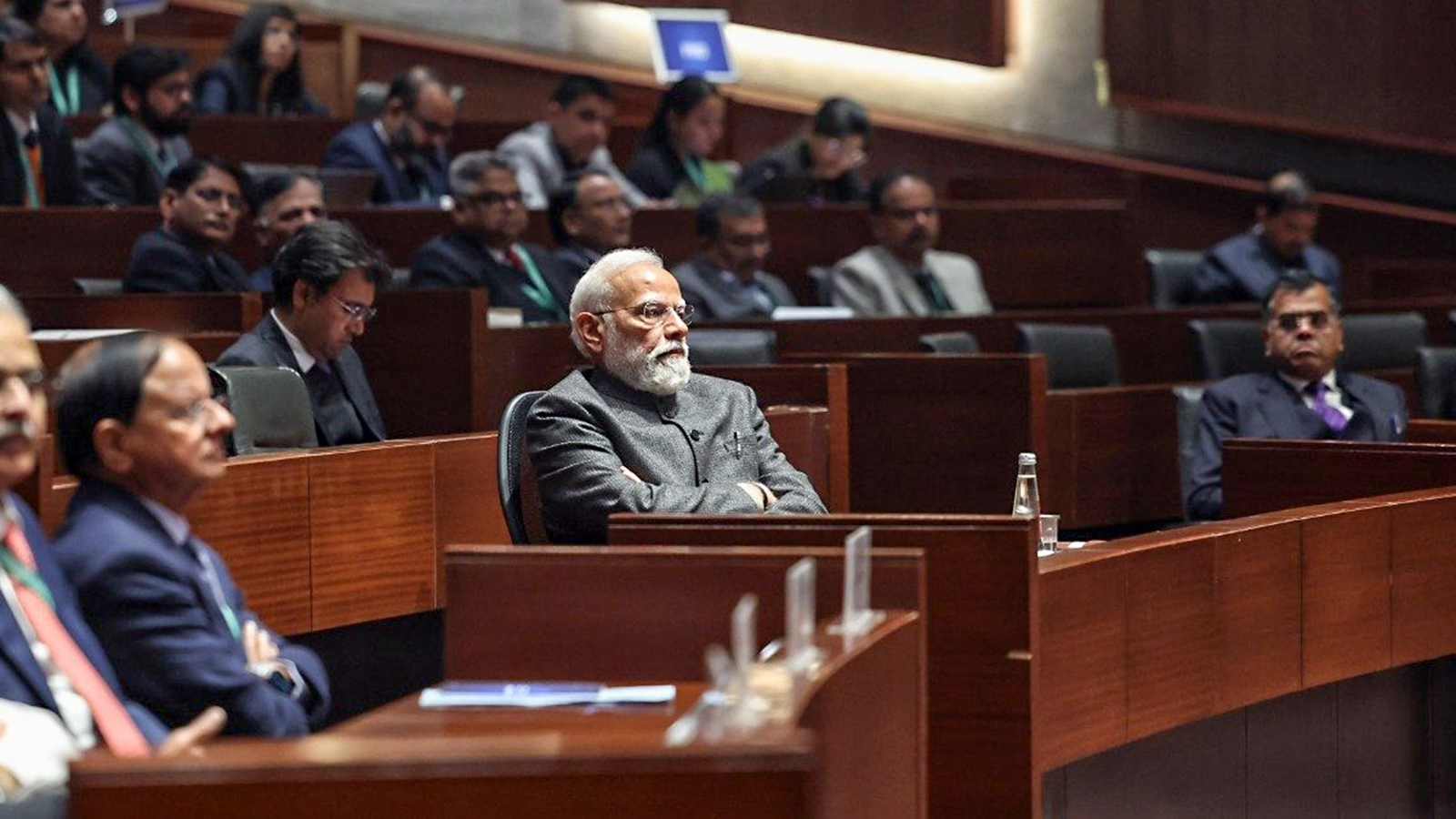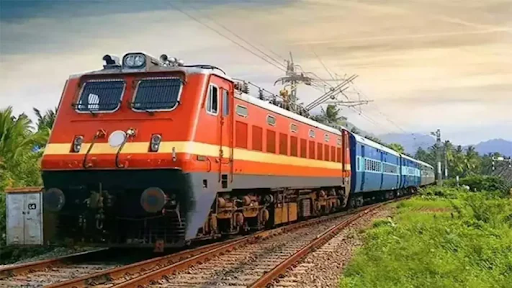Description
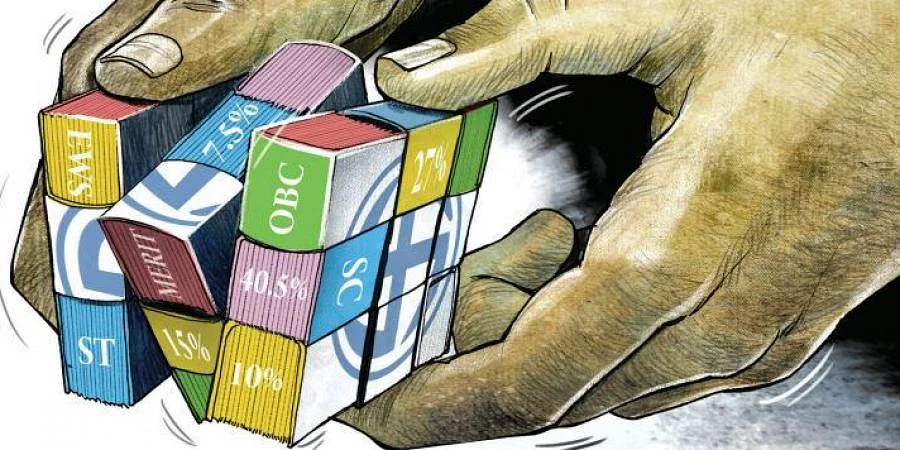
Copyright infringement not intended
Picture Courtesy: www.newindianexpress.com
Context: The proposed sub-categorization of Scheduled Castes in Telangana by the Prime Minister has triggered legal debates and concerns about its efficacy, given conflicting Supreme Court judgments and differing opinions on addressing inequality within the community.
Details
- The issue of sub-categorization within Scheduled Castes (SCs) has been a matter of debate and legal challenges in India.
Legal Challenges
- Constitutional Authority: The Supreme Court has held that the power to categorize Scheduled Castes or Scheduled Tribes lies with the Parliament and the lists can only be made by Parliament and notified by the President. This was reinforced in a 2004 judgment when the Supreme Court ruled that states did not have the authority to unilaterally sub-categorize communities in the lists of SCs or STs.
- Contradictory Judgments: In a 2020 judgment, a five-judge Bench headed by Justice Arun Mishra contradicted the 2004 ruling, stating that deciding on the quantum of benefits in the lists of SCs/STs would not amount to "tinkering" and that states could do it. This contradiction has led to the 2020 judgment being referred to a larger bench.
- Constitutional Amendment: While the Union government explored legal options for sub-categorization in 2005, the National Commission for Scheduled Castes (NCSC) and the National Commission for Scheduled Tribes (NCST) opined that a constitutional amendment was not necessary. They argued that Article 16(4) of the Constitution already allowed states to create special laws for any backward classes deemed under-represented.
Arguments For and Against Sub-categorization
- Arguments For Sub-categorization: The primary argument for sub-categorization is the existence of graded inequalities among SC communities. The belief is that certain communities among the SCs have less access to basic facilities, and sub-categorization would ensure that benefits reach the more backward communities.
- Arguments against Sub-categorization: The SC and ST Commissions have argued that separate reservations within the categories may not address the root cause of the problem. They emphasize that the focus should be on ensuring that existing schemes and government benefits reach the most backward sections before considering sub-categorization.

Way Forward
- Legal experts have highlighted the need for concrete data to support sub-categorization. Population numbers, socio-economic data, and detailed information about each community and sub-community are deemed necessary to provide a reasonable ground for deciding how castes can be categorized and how much percentage of reservation should be allocated.
Conclusion
- The sub-categorization within castes in India faces legal complexities, contradictory judgments, and differing opinions on whether it would effectively address the issues of inequality and representation among Scheduled Castes. The resolution of this matter may require a comprehensive understanding of the socio-economic dynamics and a careful consideration of constitutional provisions.
Must Read Articles:
Obc Sub-Categorisation Panel: https://www.iasgyan.in/daily-current-affairs/obc-sub-categorisation-panel
Sub-Categorisation of OBC: https://www.iasgyan.in/daily-current-affairs/sub-categorisation-of-obc
Reservation System: https://www.iasgyan.in/daily-current-affairs/reservation-system
|
PRACTICE QUESTION
Q. How has the reservation system in India impacted social equality? What are the main criticisms and benefits associated with this policy? In what ways has it evolved to address changing societal needs?
|







